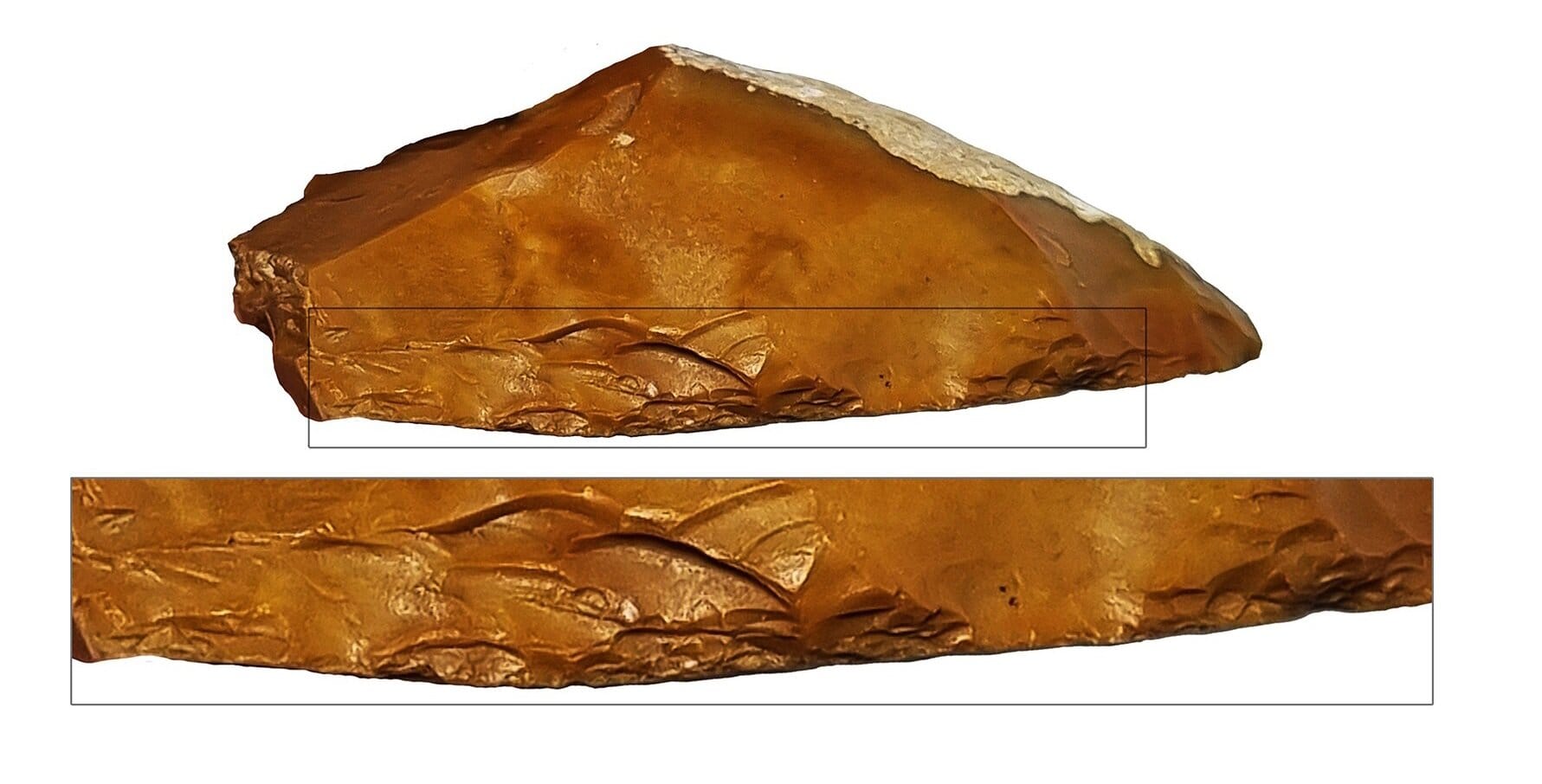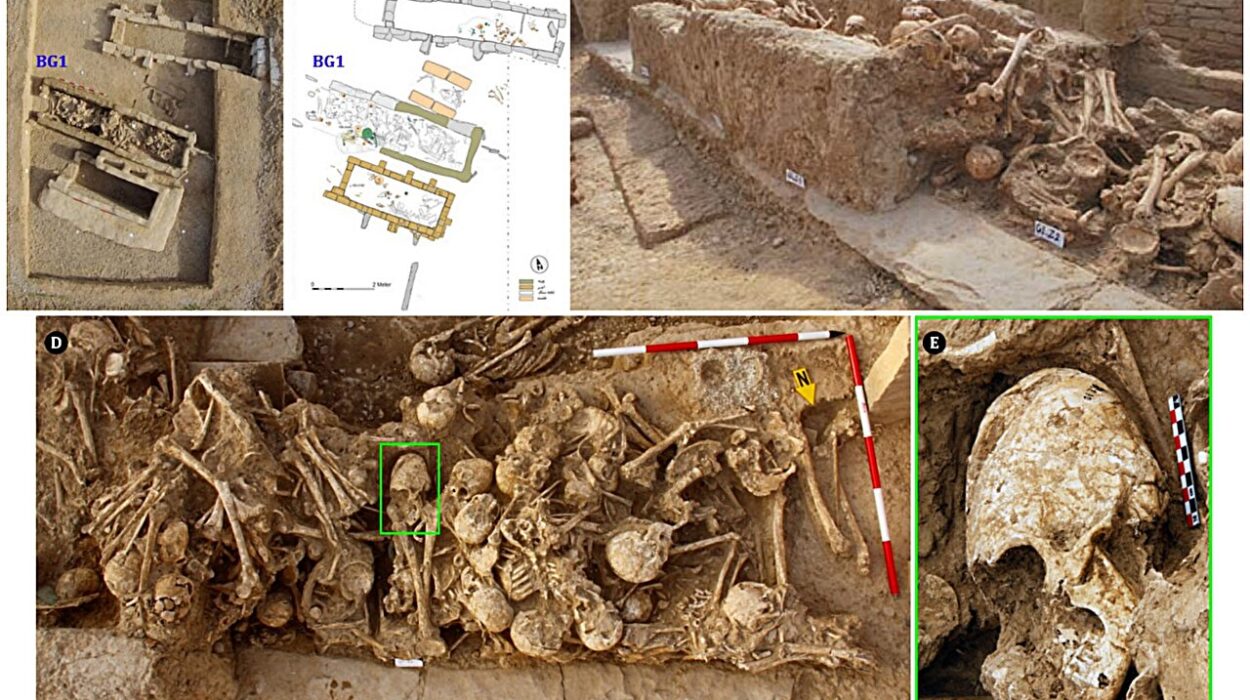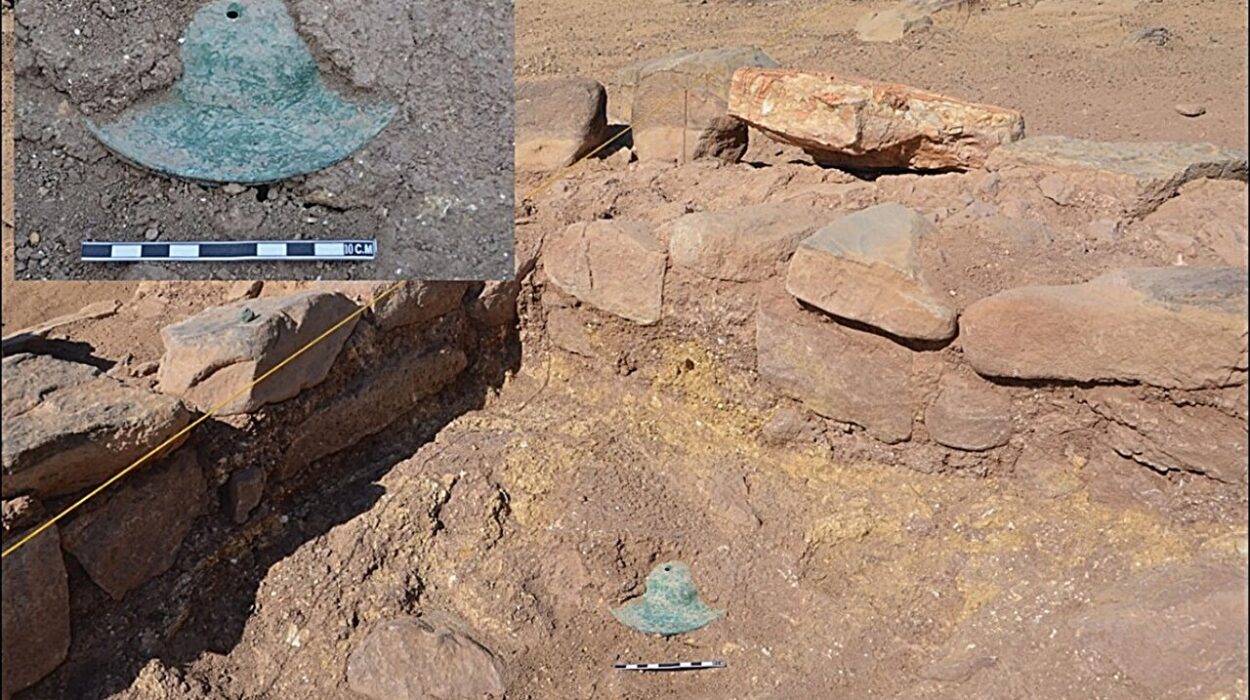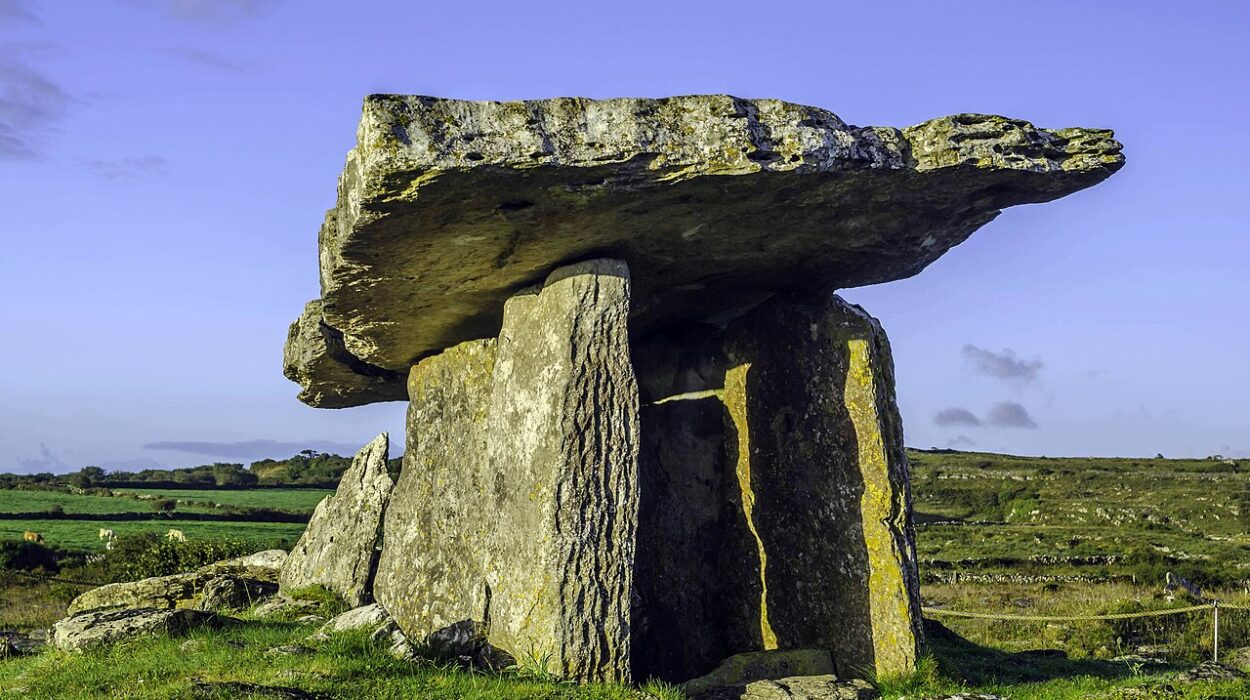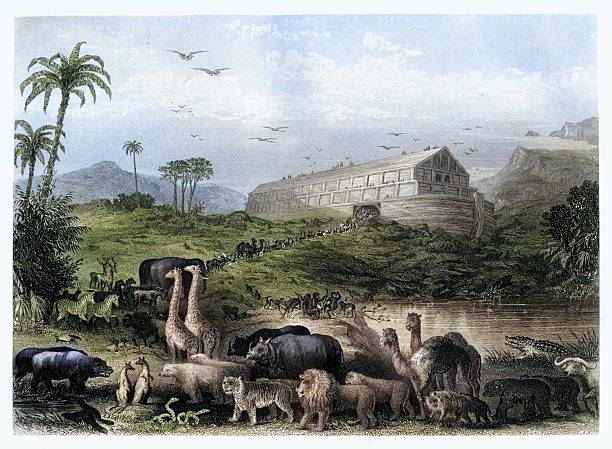For nearly a million years, early humans roamed the land with purpose sharpened by hunger and instinct. They hunted with simple tools—stones roughly shaped to tear through the thick hides of enormous beasts. Among their most prized prey were elephants: towering creatures that, once felled, could provide a small band of hunter-gatherers with food, tools, and warmth for weeks. The world, back then, was a place where scale mattered. Bigger prey meant bigger survival odds.
But something began to shift around 400,000 years ago in the Levant—the eastern edge of the Mediterranean that cradles present-day Israel. The elephants, once plentiful, began to vanish. Whether due to climate change, overhunting, or a shift in ecosystems, the great giants slowly disappeared. What remained were smaller, faster animals. Among them: fallow deer, agile and elusive. Beautiful, yes—but hardly a match for the calorie-rich legacy of elephant hunts.
This change wasn’t just ecological. It was existential. Early humans had to adapt or starve.
A Tool for a New World
At the prehistoric sites of Jaljulia and Qesem Cave, researchers from Tel Aviv University have unearthed a remarkable clue to how these ancient hunters responded. Buried in the layers of time were thousands of stone tools unlike those found in older strata. These were not the crude scrapers of the past. They were refined, deliberate, even elegant.
Called Quina scrapers—named after a site in France where similar tools were first documented—these implements were shaped with a distinct sharp, scalloped edge. Their design was no accident. It was functional, efficient, and entirely new to the region. It signaled a dramatic turning point in the story of human technology.
According to lead researcher Vlad Litov and professor Ran Barkai, these new tools were not born out of idle experimentation. They were a response to a challenge: the need to process smaller, more delicate animals quickly and efficiently. Butchering a fallow deer is not like processing an elephant. The bones are thinner. The meat, more sensitive. The hide, harder to work without damaging. These challenges demanded not just new hunting strategies—but new thinking altogether.
From Strength to Subtlety
The appearance of Quina scrapers in the archaeological record marked more than a shift in tool design. It revealed a shift in cognition. Previous generations of hominins, likely Homo erectus, had survived by brute force and familiarity with large game. But now, they needed to become more agile in both body and mind. A fallow deer would not stand still like a mammoth. It would dart, sprint, vanish into brush. The hunt required stealth. The tools, precision.
The scrapers uncovered at Jaljulia and Qesem were found in large numbers—evidence not just of one-off innovation, but of a systematized, cultural adoption. The change was sweeping. And it was successful.
What makes the story even more compelling is the material used to craft these tools. They weren’t made from the local stone scattered around the campsites. They were formed from flint carried from the Samarian highlands, over 20 kilometers to the east. This choice wasn’t just functional—it may have been symbolic.
The Sacred Mountains
The Mountains of Samaria, including Mount Ebal and Mount Gerizim, rise above the modern city of Nablus. To early humans, they were more than mere geography. Evidence suggests these highlands were rich in the fallow deer that had become essential to the hunters’ survival. And according to the Tel Aviv University team, they may have been considered a sacred source—a place of life, of sustenance, and perhaps, of meaning.
The fact that the flint for the Quina scrapers came from the same mountains where the deer roamed may not be coincidence. Ancient humans likely understood this connection deeply. They hunted the deer in those hills. They knew the stone. They returned to their camps not just with meat, but with the raw materials to make the tools needed to process it. The bond between land, prey, and tool became woven into their very way of life.
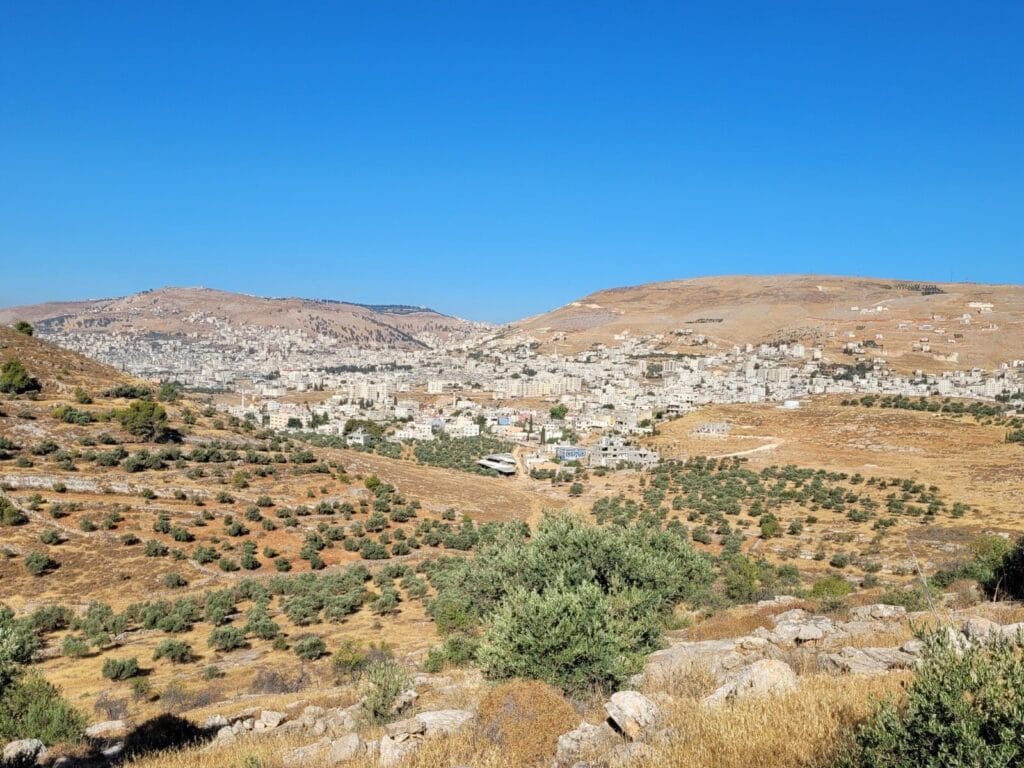
This connection, both practical and symbolic, is echoed in the archaeological remains. Fallow deer bones appear not just in hunting camps, but at ritual sites, including one high atop Mount Gerizim—later known in biblical tradition as the location of Abraham’s covenant. That tradition may have roots stretching back not thousands, but hundreds of thousands of years, long before scripture and story gave it form.
When Tools Tell Stories
Stone tools are not just artifacts. They are voices from the past. They tell us not just how people survived—but how they thought. And what emerges from Jaljulia and Qesem Cave is a story of flexibility, intelligence, and innovation in the face of environmental pressure.
The shift from elephant to fallow deer hunting was not just a change in menu. It was a cognitive leap. It demanded a new relationship with the landscape and a deeper understanding of cause and effect. Hunters had to recognize the patterns of deer migration. They had to learn where to find the best flint. They had to reshape their tools and their habits. The emergence of Quina scrapers reflects this adaptive brilliance.
Prof. Barkai explains that for decades, archaeologists assumed that changes in stone tool technology mirrored biological evolution—that smarter tools meant smarter people. But this study proposes something more nuanced. The tools did not necessarily arise from changes in the brain’s capacity, but from changes in need. When the environment changed, early humans responded. Their brains didn’t need to evolve—they needed to think differently.
And they did.
The Birth of Culture
The implications of this discovery ripple far beyond Jaljulia. What Litov and Barkai have uncovered is not just a story about tools. It’s a story about culture. The decision to travel long distances for a specific kind of flint—when other stone was available nearby—suggests a symbolic dimension to behavior. The stone wasn’t just useful. It was meaningful.
This kind of behavior is known in anthropology. Even today, some indigenous hunter-gatherers will only hunt certain animals with weapons made from specific materials, often tied to beliefs about place, spirit, and respect. It’s possible that the early humans of the Levant were developing similar practices—creating the first expressions of cultural identity rooted in land and life.
In this light, the Mountains of Samaria become more than a hunting ground. They become sacred. The place where deer were born, where hunters journeyed to find flint, where survival was tied to memory and myth. And perhaps this is why those mountains remained spiritually significant for millennia to come, appearing in religious texts, rites, and legends.
A Stone’s Legacy
The Quina scrapers found at Jaljulia and Qesem Cave are small—just chips of flint, worn by time. But their edges, even after thousands of years, still whisper of a time when humanity stood at a crossroads. When the loss of one prey forced the reimagining of everything. When the brain, the hand, and the earth came together in new harmony.
These scrapers represent the earliest known appearance of such technology in the world. From their humble beginnings in central Israel, they would spread far and wide, shaping the course of human innovation. The behavior first documented in these valleys—adapting tools to match shifting ecological demands—would become a hallmark of our species.
We are the toolmakers. But more than that, we are the meaning makers. And sometimes, a stone is not just a stone. It is a memory. A map. A message etched in flint.
Reference: Vlad Litov et al, The Stone, the Deer, and the Mountain: Lower Paleolithic Scrapers and Early Human Perceptions of the Cosmos, Archaeologies (2024). DOI: 10.1007/s11759-024-09493-w
